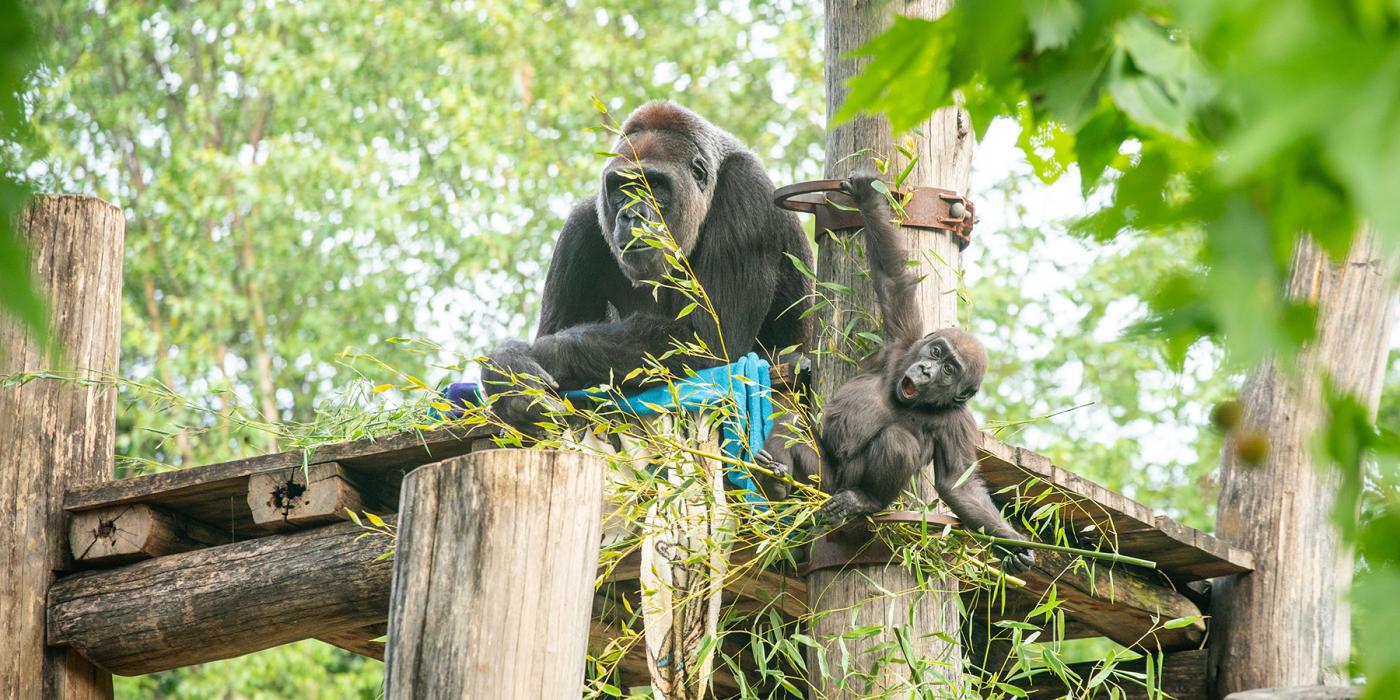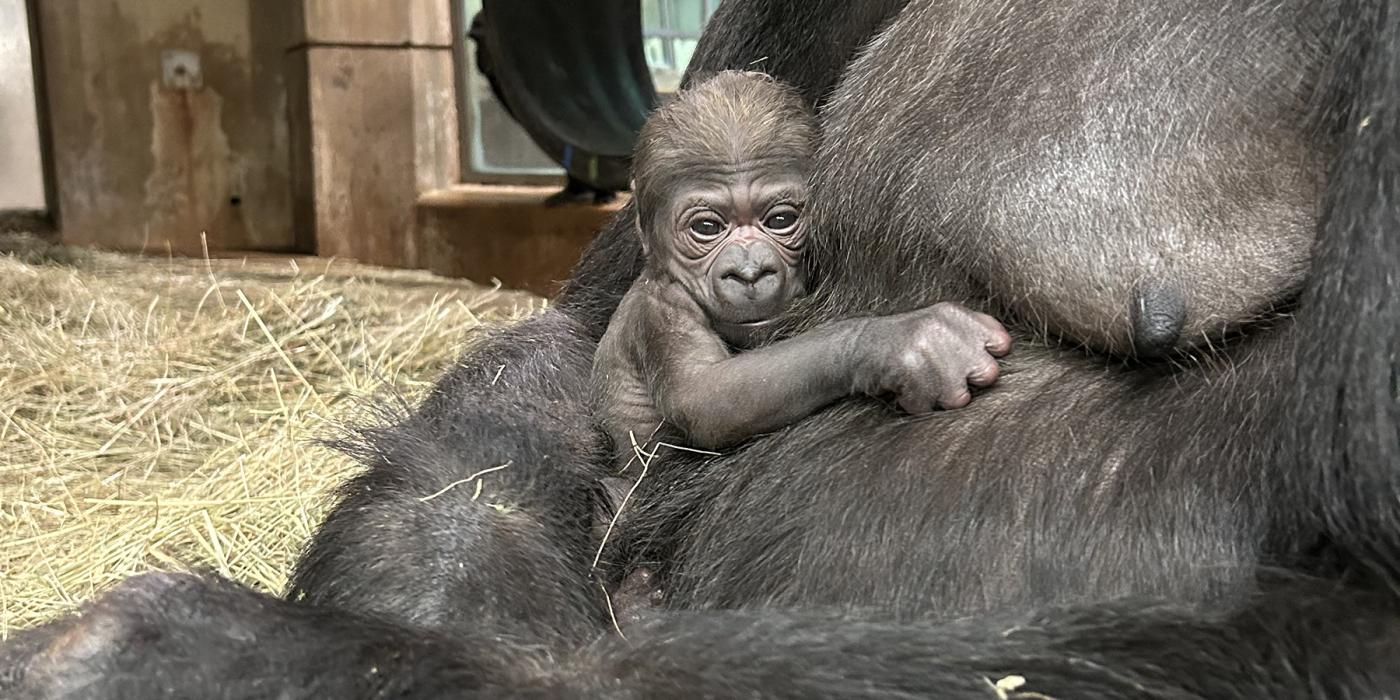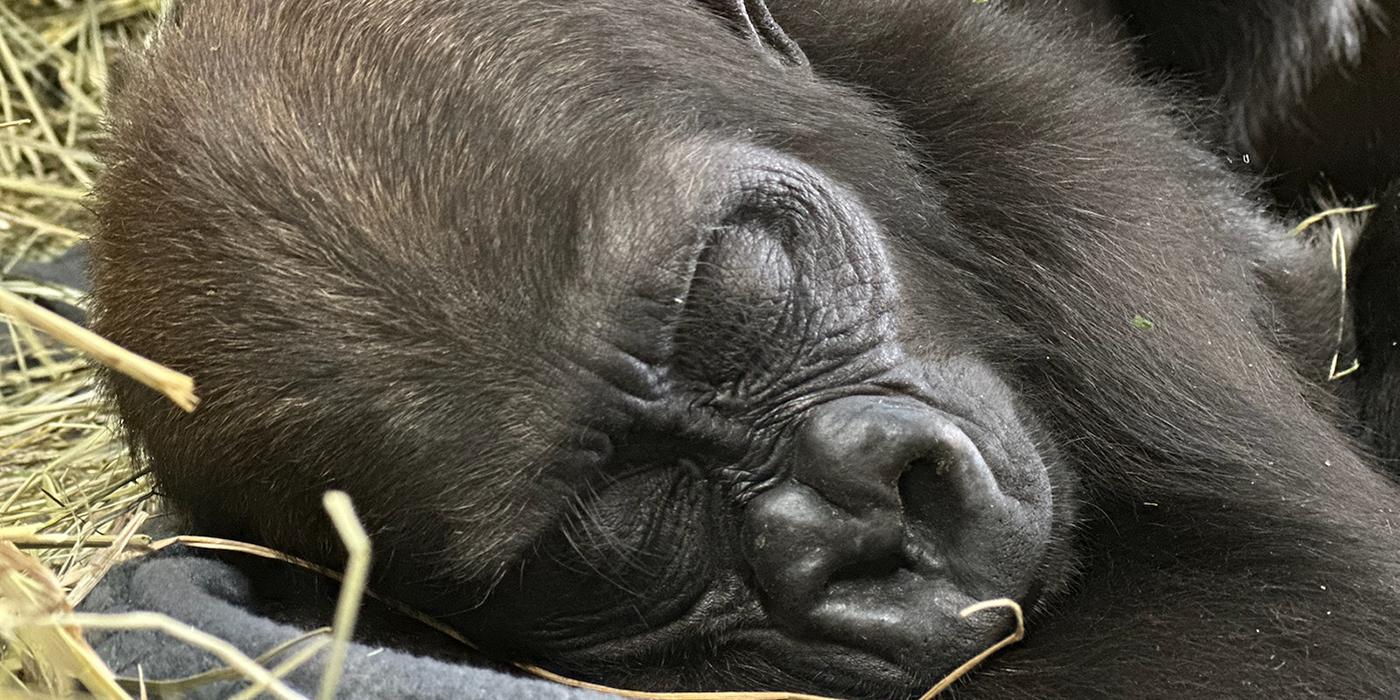Get to Know the Gorilla Troop Living at the Zoo
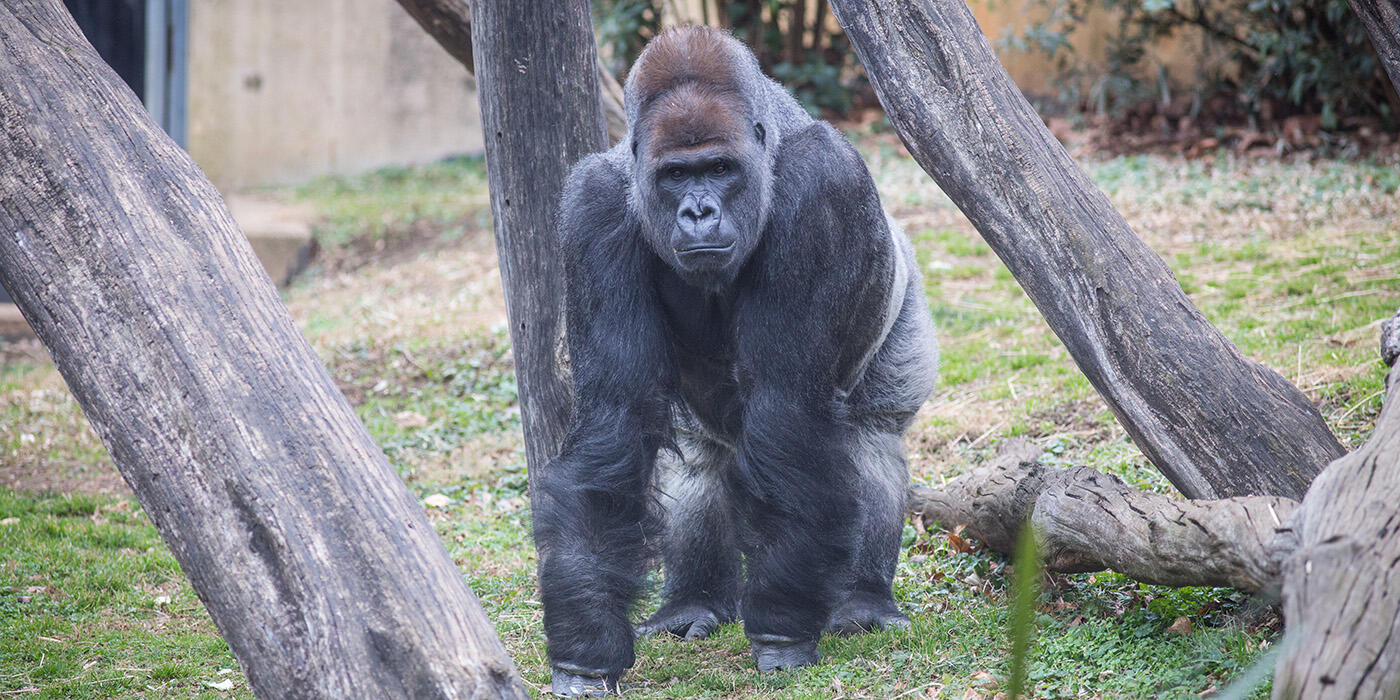
The Smithsonian’s National Zoo is home to critically endangered western lowland gorillas, intelligent and gentle apes native to the dense tropical rainforests of central Africa.
Despite what movies like “King Kong” might suggest, gorillas do not usually live alone —instead, they live in loose family groups called troops. Troops usually organize themselves into a unit centered around several females and their offspring, plus a dominant male called a silverback.
Each gorilla forms unique and dynamic social relationships with the rest of the group. They build their bonds by foraging together, playing, grooming each other, interacting with enrichment items and exploring their indoor-outdoor habitat at the Zoo’s Great Ape House.
Wondering which ones you’ll encounter on your next visit? Introducing the members of the gorilla troop:
Baraka

Smithsonian/Melba Brown
Born here on April 11, 1992, Baraka is the Zoo’s largest gorilla and the troop’s silverback. The keepers at the Great Ape House note that Baraka has a gentle and laid-back personality. He enjoys bouts of playtime with his offspring, Moke and Zahra, and napping in the shade in his outdoor habitat.
Baraka lived at Henry Doorly Zoo in Nebraska for about two years during his teenage years before moving back home the Smithsonian’s National Zoo.
Want to spot him? Weighing in at 400 pounds means Baraka is hard to miss! Look for the largest gorilla with the muscular frame, high forehead, and silver hair along his back. Baraka can usually be found observing his troopmates, making sure everything is going smoothly within the group.
Mandara
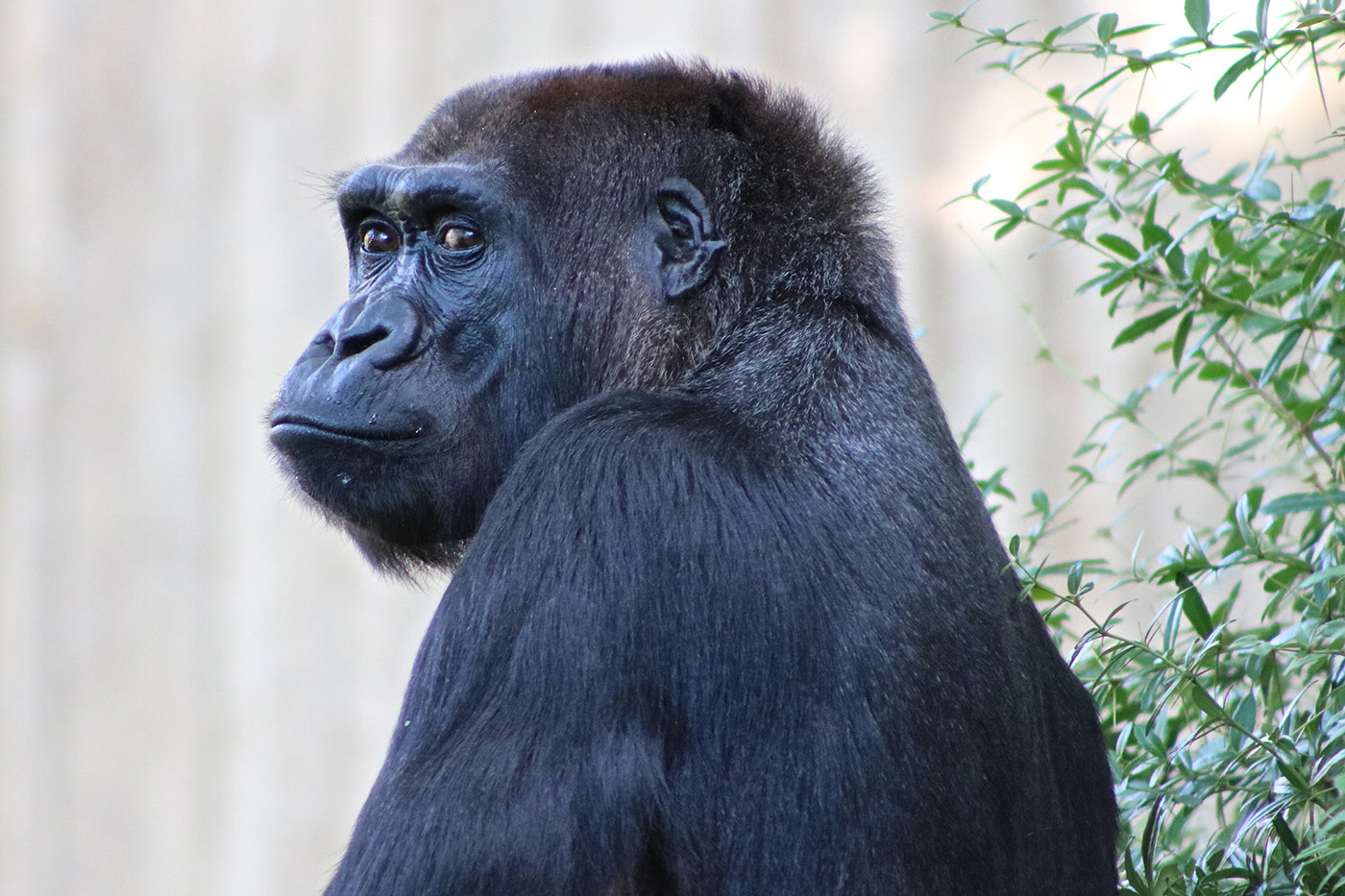
Smithsonian/Melba Brown
Mandara is an extremely charismatic and intelligent gorilla who had six offspring, including troop mate Kibibi. Mandara also raised Baraka when his own mother did not provide sufficient maternal care.
Despite her advanced age, Mandara loves interacting with her troop mates and keepers, and can frequently be seen engaging with enrichment activities.
Want to spot her? Look for the light spots on skin on Mandara’s chest and her scarred left ear. Visitors can often see Mandara resting all the way at the top of the outdoor climbing structure, or near the cement arch on the opposite side of the yard.
Did you know? Mandara participates in daily physical therapy exercises with animal care teams and is treated with laser therapy to assist with age-related joint issues.
Kibibi

Smithsonian/Melba Brown
Born here on Jan. 10, 2009, to mother Mandara, Kibibi is quirky and playful. She enjoys socializing with the rest of the troop, especially Zahra, and the pair can frequently be seen cuddling and wrestling. As the best tool user of the entire troop, Kibibi is thoughtful and meticulous when solving enrichment puzzles, keepers say.
Want to spot her? Look for Kibibi’s petite frame and narrow face. She also has a habit of spinning in circles while playing.
Calaya

Smithsonian/Skip Brown
Born on Aug. 30, 2002, at Woodland Park Zoo in Seattle, Calaya came here in 2015. Together with adult male Baraka, Calaya has had two offspring: Moke and Zahra.
She's a dominant female gorilla who likes to assert herself with the other troop members. She’s very intelligent and enjoys training sessions with keepers.
Want to spot her? Calaya is the largest female in the troop. She also has more gray hair than the other females. She can often be found near Zahra, and sometimes carries the young gorilla on her back while traversing the exhibit.
Zahra
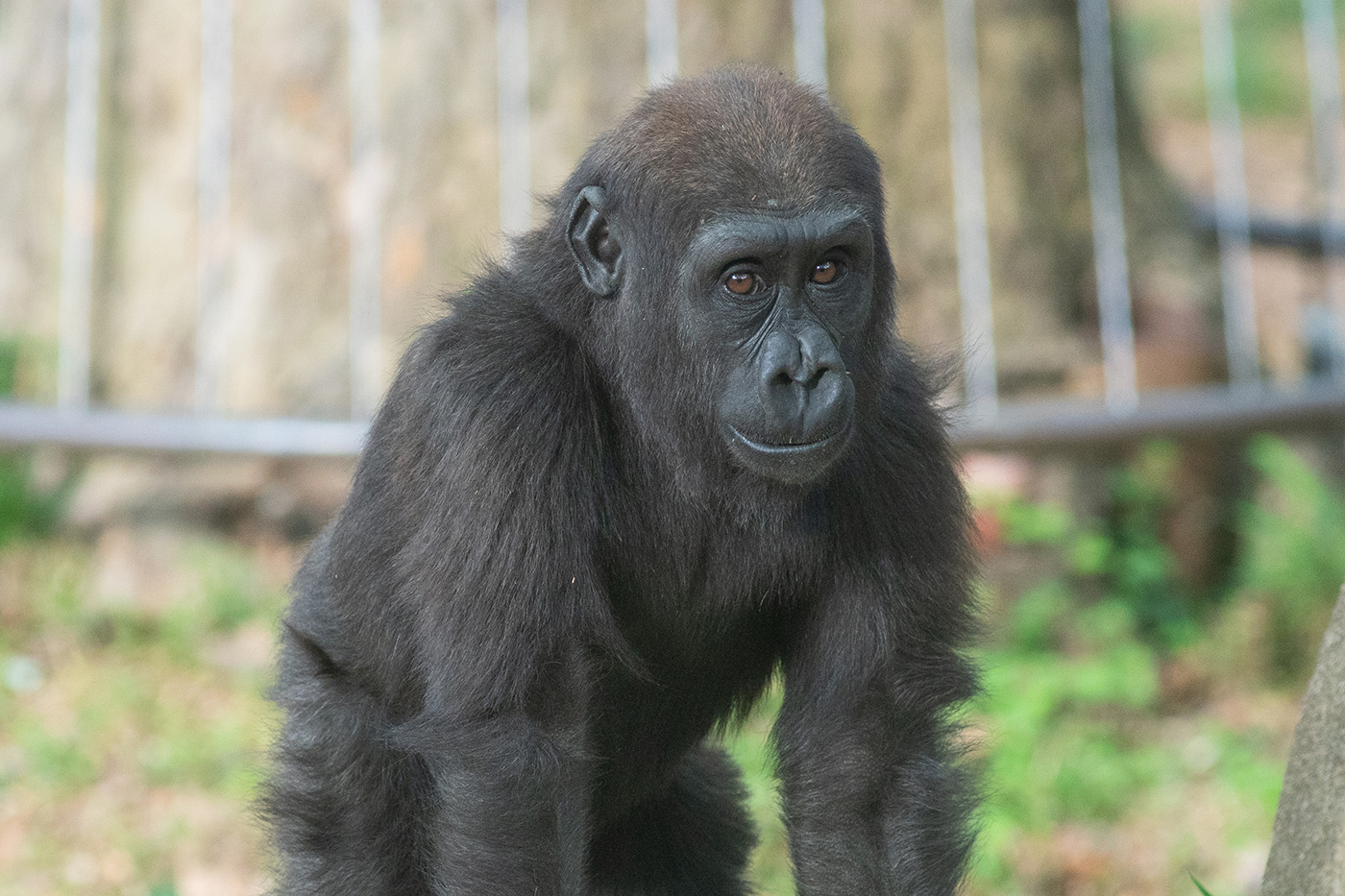
Smithsonian/Skip Brown
The newest addition to the gorilla troop, Zahra was born here on May 27, 2023. Her parents are Baraka and Calaya.
Keepers say Zahra has a spunky and sweet personality. Growing up around her rowdy big brother, Moke, has made her one tough little girl. She loves to play, but she knows how to entertain herself when the other gorillas are busy — visitors might catch her climbing up branches and jumping into hammocks or piles of hay.
Want to spot her? Look for the smallest individual in the troop — that’s her. Zahra also has a white tuft of hair on her rump, which is typical for young gorillas and should fade away by the age of four.
Moke
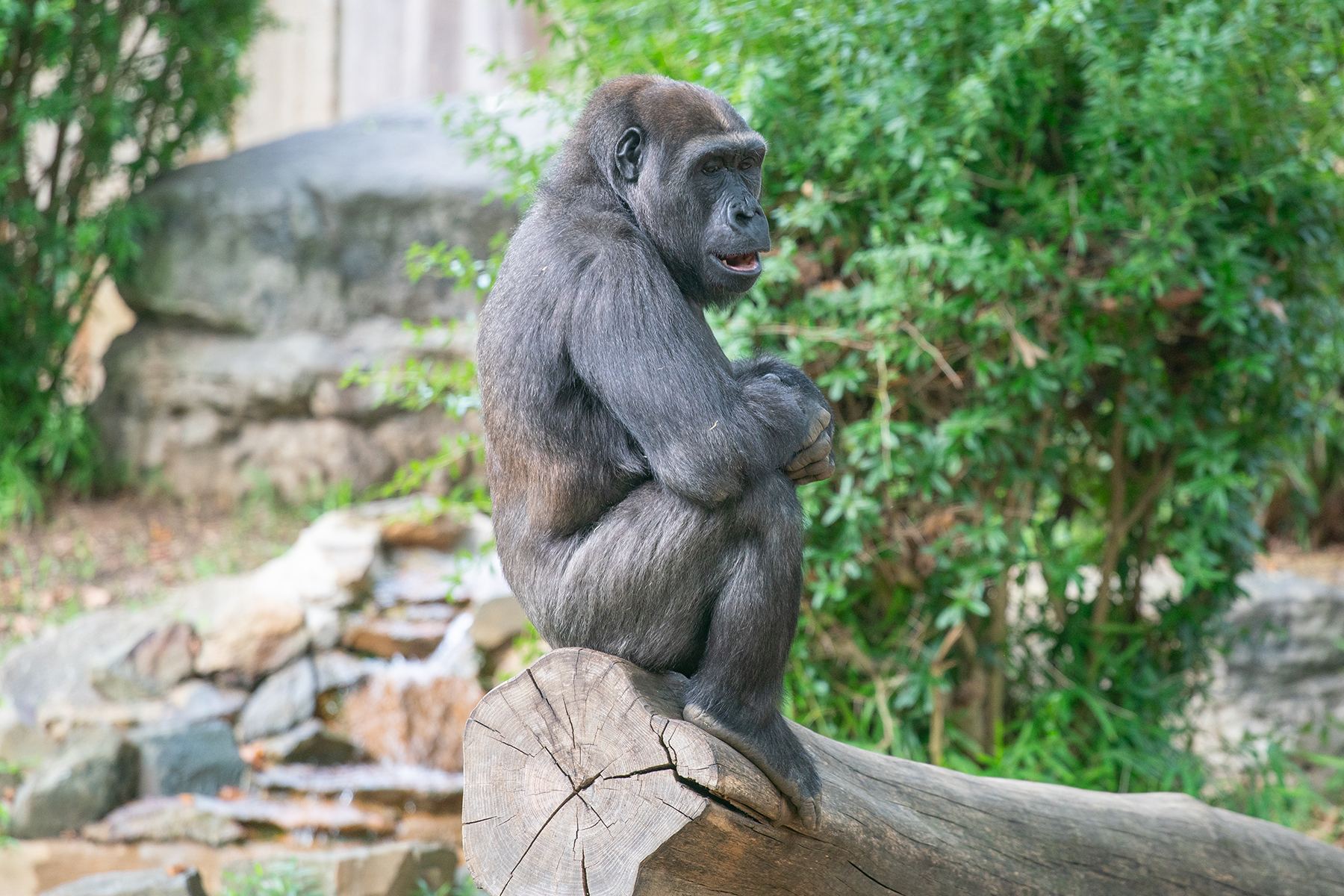
Smithsonian/Skip Brown
Born here on April 15, 2018, Moke is the son of Calaya and Baraka, and older brother to Zahra.
Keepers say Moke is confident, energetic and playful. He can often be found wrestling with younger sister, Zahra, and fellow troopmate, Kibibi. Moke is eager for interactions with keepers and is always curious about his surroundings.
Want to spot him? Look for Moke’s large frame and lively presence. He can be often seen initiating play or seeking attention from other gorillas, even if that means interrupting naptime!
How the Smithsonian works to protect gorillas
Western lowland gorillas populations are in steep decline. Human activity is the main driver of this negative trend, and habitat loss and destruction, poaching, and diseases like Ebola have reduced the number of gorillas by over 60 percent in the past 20 to 25 years. As a result, the animals are now considered to be critically endangered by the International Union for Conservation of Nature.
All of the Zoo’s gorillas are part of a Species Survival Plan managed by the Association of Zoos and Aquariums (AZA). This program coordinates and maintains the health and genetic diversity of the entire western lowland gorilla population at AZA-accredited zoos.
Research at the Smithsonian contributes directly to conservation programs that save animals like gorillas in their native habitat. Learn how our scientists are working to conserve rainforests for iconic African species.
Related Species:

